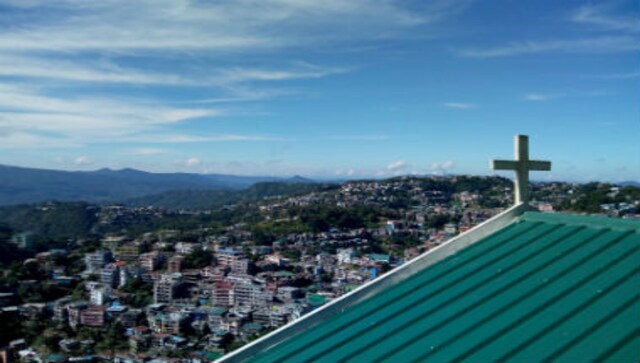Guwahati: Conversion attempts by Christian missionaries in Assam and North East have been going on for decades in the region. ‘The Organiser’ has recently exposed how Germany-based Churches are funding the conversion modules in Assam and other parts of the Northeastern region.
The Legal Rights Observatory (LRO), a legal activist group, has recently done research on how the Mizoram-based Mizo Synod has aggressively targeted the tribal and tea communities in Assam for conversion to Christianity. To run the conversion process aggressively and rapidly the Mizoram Presbyterian Church Synod or the Mizo Synod has been working on a mission mode for which the synod has named the ongoing conversion module in the state as Assam Mission Field with a specific mandate to proselytise the Hindu population of the state.
The whole mission is operated from the Mizo church based in Guwahati city. The Mizo church for the mandate of conversion has divided the state into three administrative divisions namely Dibrugarh Pastorate for the upper Assam, Tezpur Pastorate for the north Assam, and Guwahati Pastorate for the lower Assam to smoothly run the conversion module. Some internal reports of the Assam mission field of Mizo Church accessed by LRO show that the Mizo synod acquired land in different parts of the state to construct Churches and field offices for a better reach to the target population. It is also mentioned in the internal report that quality flex, print materials, books, etc for the field staff to smoothly run the conversion module.
Interestingly, the internal report of the Mizo synod indicates that the Christian missionaries are targeting specific communities in Assam which includes a major tea Adivasi community namely Santhali. The Mizo Synod appointed two Santhali agents to run the conversion process amongst the community. Moreover, they are targeting other communities in Assam including Nepali, Bengali, and the native Assamese community, for which Mizo Synod has appointed several agents representing these specific communities. They have also devised vulnerability mapping techniques to target communities, ethnic groups, localities, or individuals that are susceptible to conversion. These vulnerabilities include natural disasters and the devastation that comes with them; economic or medical catastrophes; families or individuals suffering from long-term illnesses, remote localities with inadequate facilities and single parents or orphans, etc.
It should be mentioned that the Mizo synod is now targeting the Santhali communities of north and lower Assam through their Guwahati and Tezpur pastorates. Videos or large-scale conversions amongst the Santhali community in places like Kokrajhar, Udalguri, and Biswanath Chariali are also accessed by LRO in their recent research.



















Comments